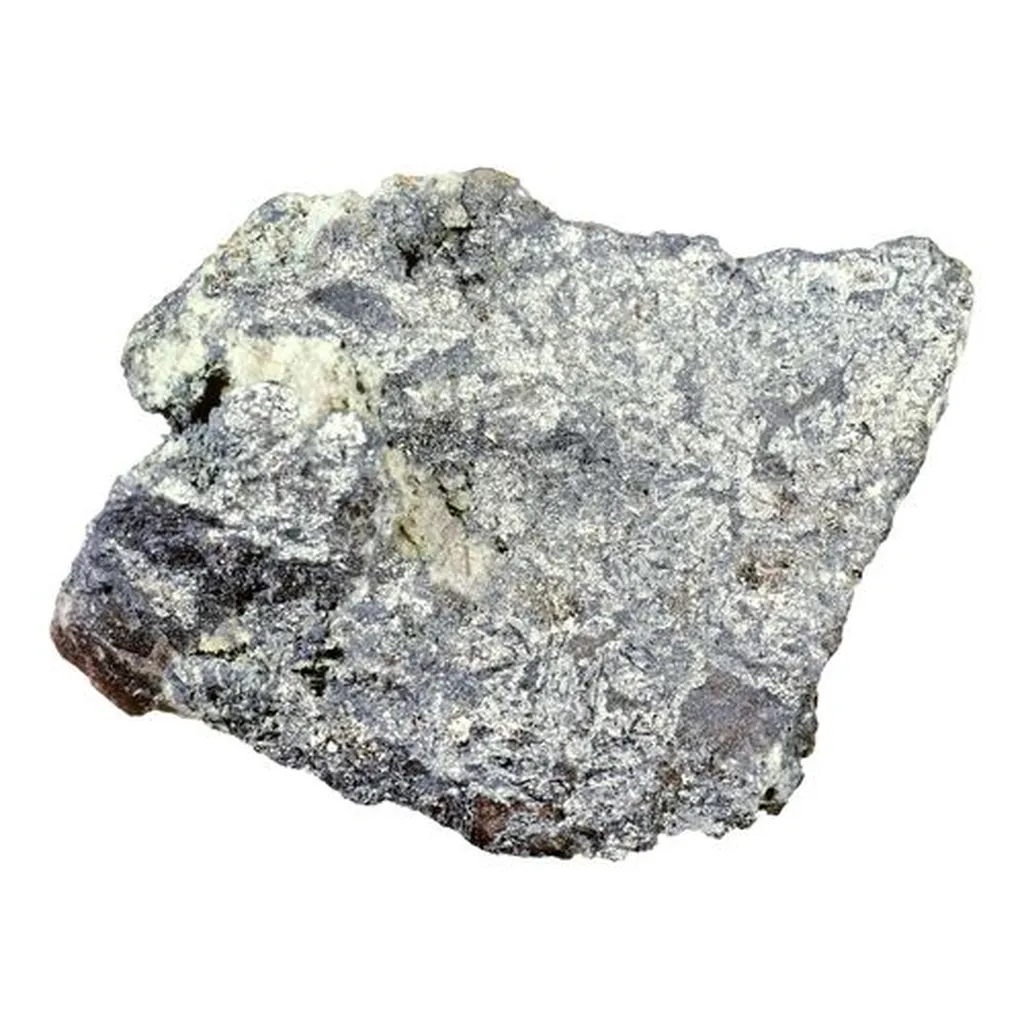In the quest for next-generation energy storage solutions, researchers are turning to sodium-ion batteries as a promising alternative to their lithium-ion counterparts. A recent study published in *Carbon Energy* (which translates to *Carbon Energy* in English) sheds light on the potential of vanadium-based sodium phosphate cathodes, offering insights that could revolutionize the energy sector.
Led by Xinran Qi from the State Key Laboratory of Metastable Materials Science and Technology at Yanshan University in China, the research delves into the challenges and opportunities presented by vanadium-based phosphate cathodes. These materials are noted for their high operating voltage, excellent thermal stability, and superior cycling performance, making them ideal candidates for large-scale energy storage systems.
However, the path to commercialization is fraught with obstacles. “The main challenges we face include sluggish reaction kinetics, the toxicity of vanadium, and poor electronic conductivity,” explains Qi. To address these issues, the research team explored various strategies, including morphology regulation and electronic structure optimization through metal doping.
Morphology regulation involves diverse synthesis routes that improve the diffusion of sodium ions (Na+) and electrons within the cathode material. This optimization enhances the material’s structure, composition, porosity, and ion/electron diffusion pathways. Simultaneously, electronic structure tuning through element doping allows for the regulation of band structures, electron distribution, diffusion barriers, and intrinsic conductivity.
The study highlights key vanadium-based phosphate frameworks such as orthophosphates (Na3V2(PO4)3), pyrophosphates (NaVP2O7, Na2(VO)P2O7, Na7V3(P2O7)4), and mixed phosphates (Na7V4(P2O7)4PO4). Each of these frameworks offers unique advantages and insights into structure-property relationships, paving the way for future advancements.
The commercial implications of this research are significant. As the energy sector seeks cost-effective and sustainable solutions for large-scale energy storage, sodium-ion batteries present a viable alternative to lithium-ion technology. The abundance of sodium resources and their low solvation energy make them an attractive option for grid storage and renewable energy integration.
Qi’s research not only addresses the current challenges but also proposes feasible solutions and outlines future research directions. By focusing on the design of cathode material morphology and electronic structure tuning, the study offers a roadmap for the development of high-performance vanadium-based polyanion cathodes.
As the energy sector continues to evolve, the insights gained from this research could shape the future of energy storage. The potential for improved performance, cost-effectiveness, and sustainability makes sodium-ion batteries a compelling option for the next generation of energy storage systems. With continued innovation and research, the vision of a more sustainable and efficient energy future may soon become a reality.

